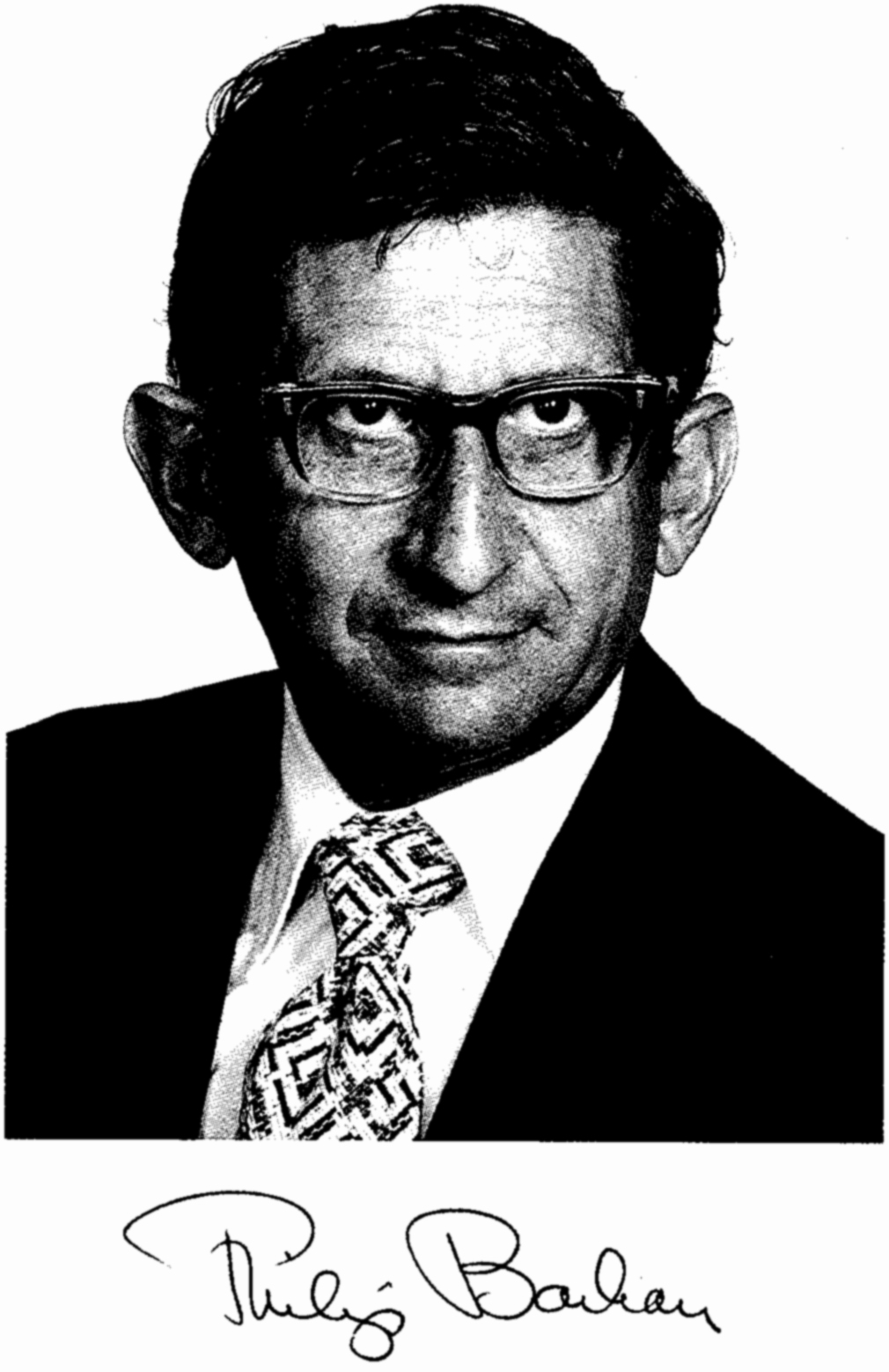Page 7
J. LELAND ATWOOD
1904–1999
BY GENERAL B. A. SCHRIEVER, USAF (RETIRED)
J. LELAND ATWOOD, former president and chief executive officer of North American Aviation, died on March 5, 1999, at the age of ninety-four. He was born in Walton, Kentucky, on October 26, 1904. He attended Hardin-Simmons University and received a bachelor of arts degree. In 1928 he received a bachelor of science degree in civil engineering from the University of Texas.
It is difficult to write anything about “Lee” Atwood that has not been written before. He was an outstanding pioneer not just in aviation, but also in the field of long-range missiles and space. I personally got to know Lee in 1939 when he was North American Aviation vice-president for engineering and also assistant general manager. I had been assigned to Wright Field as a test pilot in 1939 when it was common in the aviation industry for a military test pilot to know the company's top echelon intimately— which I did. Lee Atwood had become Dutch Kindelberger's right arm. He had also become broadly known as “a chief engineer's chief engineer”. His technical acumen was the driving force behind the company's evolution into an aviation and space leader, which produced more military aircraft during the 1940s and 1950s than any other company. Among those aircraft were the P-51 Mustang, which was a swift, agile World War II fighter with the most impressive record in the aerial wars in Europe. Other aircraft included the B-25 Mitchell bomber, which was used by
Page 8
Jimmy Doolittle and his Tokyo Raiders and turned the tide of the war in the Pacific; the T-6 Texan in which almost every U.S. and British World War II pilot trained; and the F-86 SabreJet fighter, which exhibited a superiority of 10-to-1 or better against Russian MIGS in Korea.
From this record it is clear how, as one of the founders of North American Aviation, Inc., in 1934, Lee Atwood became a living legend early in his aerospace career. This career is the more outstanding when one considers that it was built with wood, fabric, and the slide rule as the engineering tools for producing airplanes.
Following World War II, I had the good fortune of working closely with both Dutch Kindelberger, the North American chief executive, and Lee Atwood. The two made a perfect team. Dutch, the dynamic leader, dropped and broke a few platters during the early days of long-range missile and space history. Fortunately, Lee quietly mended each of Dutch's broken platters. Lee used his technical vision and managerial skills to establish his company as an indispensable national asset in new high-technology fields such as rocket propulsion, intercontinental ballistic missiles, and the Apollo moon-landing program. In 1960 he had become chief executive officer of North American Aviation at the retirement of Dutch Kindelberger, and in 1962 became chairman of the board.
The quarter century that followed World War II saw an explosion of science and technology. It required great risks that were fully justified and were a major factor in bringing down the Berlin Wall and winning the Cold War. I speak from personal experience of this most challenging period. There is no question in my mind that Lee Atwood was a major contributor to winning the Cold War.
It is perfectly clear by his record that he was an engineer at heart. This is clear from his outstanding contribution during World War II, followed by his postwar aviation record and by his outstanding long-range missile and space contributions. For example, Lee insisted throughout the Cold War that engineers were the nation's primary defense. Trying to maintain military supremacy “man for man and gun for gun” against countries
Page 9
with exploding populations, he said in a 1955 interview, could bankrupt the United States.
Lee Atwood was a hands-on aviation leader for forty-two years, beginning when he joined the Army Air Corps at Wright Field in Dayton, Ohio, straight out of college in 1928. Lee in every respect earned the honors and awards that he received during his lifetime. Among them were:
-
Presidential Certificate of Merit given by President Truman for contributions during World War II – 1948;
-
University of Texas, College of Engineering, Distinguished Graduate Award – 1960;
-
National Aeronautics and Space Administration Public Service Award – 1969;
-
Air Force Association Hap Arnold Trophy – 1970;
-
National Aeronautic Association Elder Statesman of Aviation Award – 1976;
-
American Institute of Aeronautics and Astronautics, Wright Brothers Memorial Lecturer – 1976;
-
National Management Association, Management Hall of Fame – 1982;
-
National Aeronautic Association Wright Brothers Memorial Trophy – 1983;
-
National Aviation Hall of Fame Enshrinement Medal – 1984;
-
National Medal of Technology given by President Reagan, who said “America's greatest resource is the genius of its people” – 1988; and
-
International Aerospace Hall of Fame – 1984.
Page 10
Honorary degrees:
-
Eng.D., Stevens Institute of Technology;
-
LL.D., Pepperdine University and Clark University;
-
Litt.D., Wayland Baptist College; and
-
Sc.D., National University.
He was an honorary fellow in the American Institute of Aeronautics and Astronautics, a member of the Air Force Association, and a member of the National Academy of Engineering.
No one I know is more deserving of the honors and awards bestowed upon J. Leland Atwood over his years of service to his country. We as a nation should listen carefully to what may well be his most important words of advice as we move into the twenty-first century: “There appears to be only one course that will provide security without economic ruin,” he said, “and that is to maintain qualitative superiority. The research, design and industrial engineering necessary to provide superior weapon quality on a continuing basis is the most challenging problem engineers have to face. It is literally a problem of survival.”







